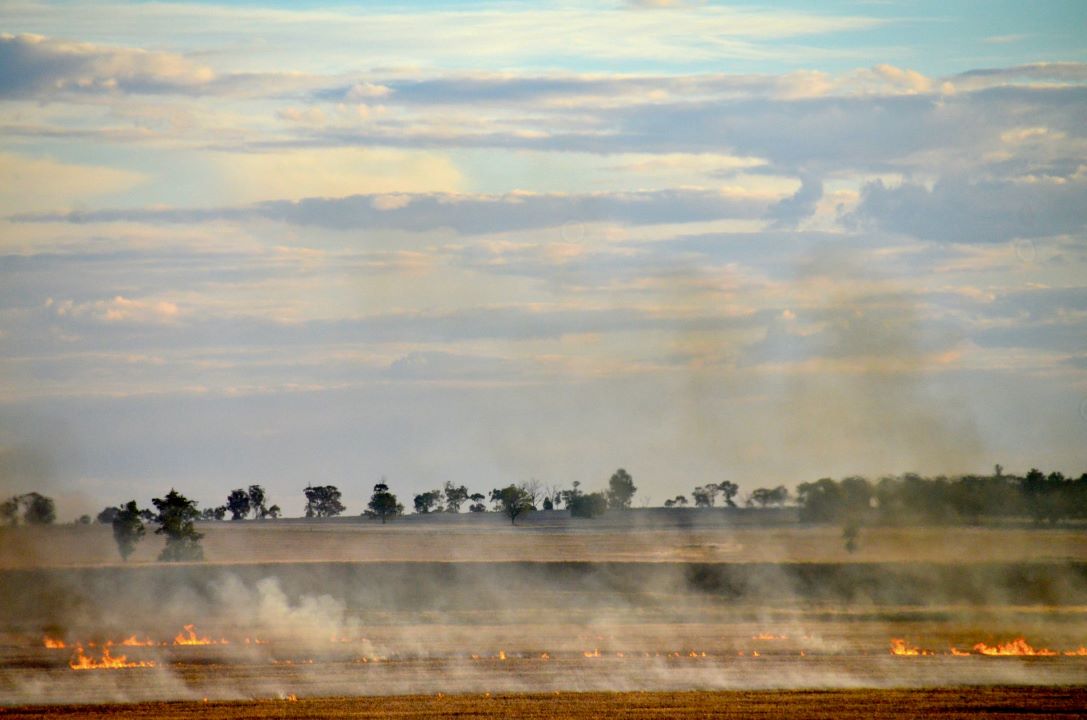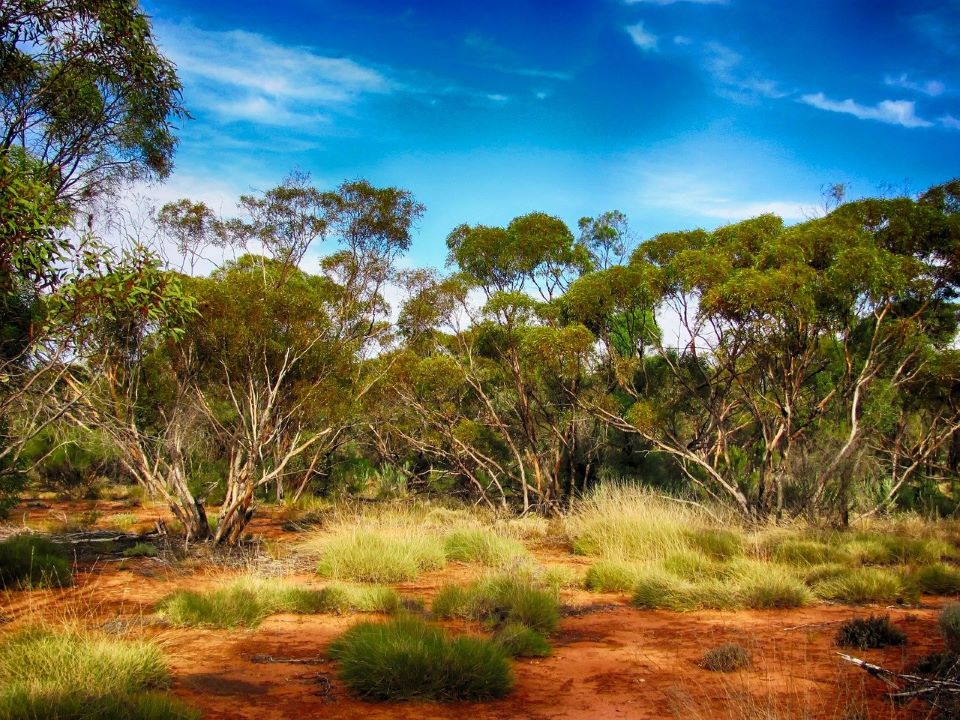According to pollen deposits in southeastern Australia, scientists can estimate how the composition of the vegetation changed after the colonists’ arrival. They also found out how and why the current fires differ from those previously stated by indigenous peoples. The pollen grain study was published in Frontiers in Ecology and the Environment Journal.
Targeted fires in Australia
Fire management and targeted habitat burning have taken place across all cultures worldwide. However, historical sources – works of art and records from colonization suggest that the Aborigines, the indigenous people of Australia, probably used fire for a purpose.

These sources show an open savannah-type landscape dominated by grasses and herbs with scattered trees. However, analyzes of settled pollen have so far suggested that the landscape looked different in the past before colonization. On the other hand, almost half of it should have represented trees, less so herbs and shrubs.
Australian woody plants are adapted to rapid non-intense fires. Consequently, these plants can survive in incinerators and even benefit them. However, increasing the density of shrub undergrowth and the accumulation of bark peeled from eucalyptus trees produces a large amount of flammable biomass.
Australian Vegetation Was Different before the Europeans’ Arrival
However, with the arrival of European colonists at the end of the eighteenth century, the landscape changed. Open habitats in the lowlands, which are suitable for agricultural use, were initially burned, and therefore the proportion of grasses and herbs increased, and the tree vegetation was reduced.

Therefore, the proportion of shrubs in the forest increased significantly. Potentially flammable biomass then accumulated in the dense undergrowth. The study results show that grasses and herbs covered 50 percent of the country before the arrival of the colonists. Shrubs made up about a third of the vegetation, trees about 15 percent.
Indigenous peoples regulated the amount of flammable biomass by regularly burning undergrowth. As a result, current fires are caused by dense undergrowth and accumulated potentially flammable biomass. The result is more intense and poorly controlled fires.
Source: https://www.sciencedirect.com/science/article/pii/S0048969721046167, featured ohoto by Jo-Anne McArthur on Unsplash




